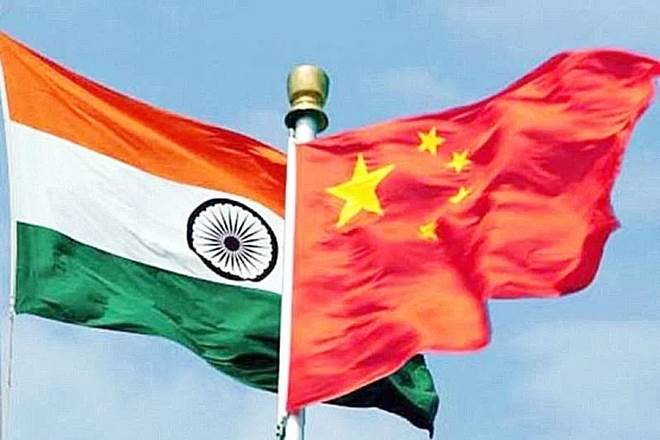Soon after taking power in December 1978, Deng Xiaoping famously stated: “It does not matter which colour is cat as long as it catches mice,” and with that private enterprise in China was no longer a dirty word. His perceived catchphrase “To get rich is glorious” unleashed personal entrepreneurship that still drives China’s economy. Today, China has spawned a vibrant private sector. India, too, took the inevitable plunge in the early 1990s, but has sadly fallen way behind.
After China joined the WTO, India-China trade has grown exponentially, from $1.49 billion in 2000-01 to $70 billion in 2018-19, with China becoming India’s largest trading partner. But this has come at a cost—a yawning trade gap.
While most of its exports to China are goods and raw materials, India imports mainly intermediate and finished goods. In 2016-17, its import mix was 16% capital goods, 21% consumption goods, 63% intermediate goods. Among top exports to China are petroleum products, cotton, organic chemicals, iron ore and plastic raw materials, whereas main commodities being imported are machines for reception, conversion-transmission, bulk drugs and drug intermediates, consumer electronics, and telecom instruments.
Keeping in view huge demand for alternative sources of energy, China has developed massive capacity and occupies a dominant position in manufacture of photosensitive semiconductors and PV cells, capturing 34.3% of world market!
How is it that China is more competitive than India? Is it the one-party system with long-term objectives zealously pursued, or government’s policy interventions that ensure factors of production (land, labour, capital) are available to manufacturers at the lowest possible cost, or perhaps both?
Setting aside ideological, political and social differences, China has promoted ‘Made in China’ with a singular zeal. In 2016, in a survey by Deloitte, CEOs of Fortune 500 companies were asked to rank countries in terms of current and future manufacturing competitiveness, in which China was declared the numero uno. No wonder major MNCs such as Samsung, Toshiba, LG and scores of US MNCs have all set up shop in China. China has also cultivated its large pool of non-resident Chinese, offering them incentives to participate in socio-economic initiatives in mainland China, with a Cabinet-rank minister to look after their affairs. Belatedly, India has also set up a separate ministry to help NRIs contribute to India’s economic growth, but needs to play a proactive role.
While India’s average hourly compensation cost in manufacturing rose from $0.73 to $1.58 in 2012, in China it rose from $0.6 to $3.06. However, Chinese lending rates have remained low—from 3.3% in 2002 to only 4.4% in 2012, whereas India registered a drop from 11.9% to 9.7% for the same period. Cost of land, of course, is another story.
Apparels, electronic goods, telecom, pharma products, oilseeds, gems and jewellery, chemicals, tobacco, plastics, marine products, cotton textiles, synthetics and rayon textiles, and leather are some products that have a bright future.
To feed its billion-plus population, China is a big importer of farm products, reaching almost 10% of global trade. With exports of our agricultural products reaching almost $40 billion, India has a major stake in gaining access, which currently is mired in Chinese regulatory maze. Similarly, India is the world’s largest producer of rice, whereas China is the biggest importer of this commodity. And with China importing 3.4 million tonnes of raw sugar per year, which is subject to a quota system providing concessional tariff, India’s sugar industry should be able to negotiate a way in. Similarly, export of sesame seeds has not made much headway as Indian export attracts 10% duty, whereas African countries enjoy zero duty and have captured 90% of Chinese market.
A strategy for import substitution and attracting investments in telecom, solar power, bulk drugs and drug intermediaries, auto components, industrial machinery for dairy, agriculture, food processing, textiles, paper, chemicals, etc, and, last but not the least, electric vehicles and lithium-ion batteries needs to be pursued vigorously. Given intensive G2G and B2B negotiations, and gaining from the fallout of the China-US trade war, India should be able to substantially reduce its trade deficit with China in the years to come.
(The author is former member, Railway Board)

